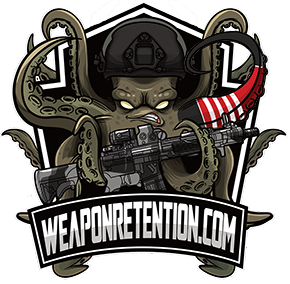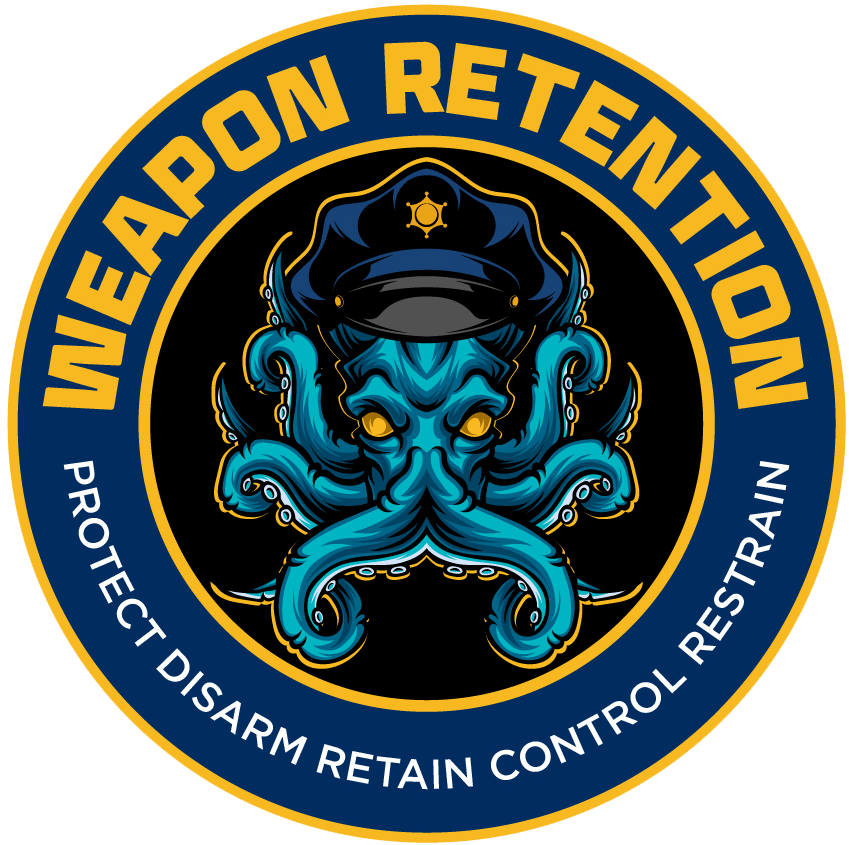Striking for Law Enforcement
Striking training is as important as grappling or shooting for law enforcement professionals. Every cop should be a warrior, and every warrior has to be a fighter to survive and with confidence and professionalism be able to enforce the law.
Throughout the years, striking has been one of the main pain compliance tools to gain control and restrain a suspect. Boxing and especially Muay Thai (Thai-Boxing) are the most effective on the field. Muay Thai has a significant advantage because it doesn’t use punches only but knees, kicks, and elbows, besides that Muay Thai has a large, simple, and very effective number of takedowns and takes down defenses and powerful clinch techniques that are very useful for law enforcement officers and that’s the reason many countries use Muay Thai for their police and military forces. The idea of “Don’t go to the ground” is still valid, but how to avoid the ground? How to protect yourself against someone punching or kicking you? Imagine an officer fighting multiple suspects at a close distance. What would you do? Go to the ground? Draw your weapon? Think about it, or a suspect intentionally trying to bring the combat to the ground. Those are questions that statistics are not able to answer, but Law Enforcement professionals are facing striking assaults on a daily basis, and learning how to Protect, counter and answer can make a difference. Besides that, the level of confidence and awareness of an officer with striking training can result in a much safer arrest and less use of pepper sprays and tasers. Officers can also match the level of force to gain compliance, and with training, the amount of force will always be right. And all the statistics are there to prove that an officer that is able to match the level of force is most likely to gain control because suspects will test the water and if they feel it is a hard fight the chances are they will give up.
Class Performance objectives: Present multiple technique options for long weapon retention.
- Clinch fighting and Pistol retention.
- Striking and distance control.
- When and how to use backup retention tools.
- Secondary improvised weapon on a retention scenario.
Hours: 8 hours certification
Equipment: Mats room, PT uniform or athletic clothes, Duty Belt, rubber handgun (blue gun) or similar training pistol, empty mags or training mags and flash light. Optional training knife, or similar.
THE CLASS:
- Safety check
- Full body mobility stretching
- Levantada tecnica
- The 1, 2, and 3 before the technical stand-up, radio (Not punishment)
- No mechanical device should replace training
- The breathing rule (mindset)
- Voice of command (mindset)
- Understanding the WR deadly force (Mindset policy)
- Interview stance vs fighting stance.
- Safety distance and stance would solve all our problems (mindset)
- Distance management and circling vs backing up
- Moving Forward
- Moving Backwards
- Moving Sideways
- Avoiding the ground and base
- Ineffective striking force is excessive force (BBB)
- Jab and cross
- Knee strike vs push
- Warm-up 1, 2, and knee
- Warm-up block, block 3, 3
- Warm-up gun grab, stop, knee, push, 1, 2 draw
- Circular elbow
- Arrow frame to head and biceps (radio), knee
- Arrow frame to head and biceps (radio), Elbow
- Upper elbow to Arrow frame
- Arrow Push kick (also knife defenses)
- The violence of action and tools for striking
- Gun holstered, retention grip, frame, and knee
- Gun holstered, holster uppercut, frame, and knee
- Pistol strikes
- Draw Pistol grab, level, drive up, gun strikes
- Pistol grab, uppercut retention, directions of escape
- STRIKING COMBOS
- 1/2/3/2
- 1/2/low kick
- 1/2 knee
- 1/2/push kick
- Upper elbow/side elbow/clinch knee (VOA)
- Frame, push, push kick
- Blocks 1-2
- Blocks, push, and draw (draw push tool strike)
- Blocks, 2-3, pivot 2-3
- Back up officer’s scenario
- Pistol stand-up drill (A Push palm strike, angle draw (don’t shoot your hands!), B gun grab. An uppercut retention wiggle to strike repeat) (Bonus Technique)
- Pistol Forward strike, twist pull, elbow, elbow, cano strike, rack (Bonus Technique)
Soon, video guide for the entire course.
For more info:
weaponretention@gmail.com
“You can only fight the way you practice” – Musashi
Defensive Striking as a Self Defense

